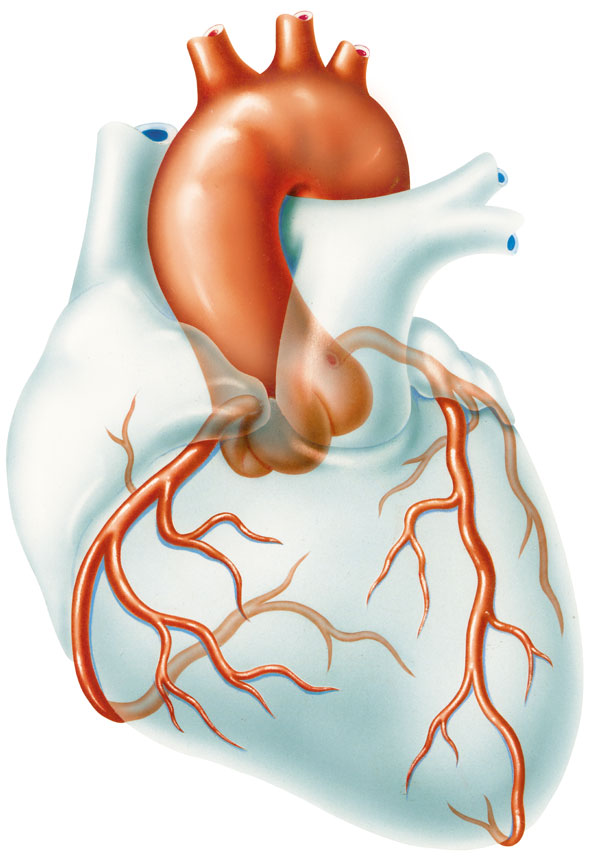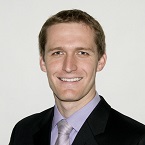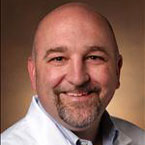By: Markus S. Renno, MD, MPH, FAAP & Tim Thomas, MD, FAAP
Many children say their chest hurts at some point during their growth and development. Chest pain in children is rarely due to the heart. Still, you should feel free to ask your pediatrician about it to figure out the reason for the pains. Many times, the cause can be determined by answering a few questions about the discomfort and by undergoing a careful physical exam.
What is the most common cause of chest pain in children?
Most children complaining of chest pain have musculoskeletal chest pain, which is pain originating from the muscles or bones in the chest, and their connections. There are three common causes of musculoskeletal chest pain:
A spasm or cramp of the chest wall muscles and nerves. These come and go and can be quite painful. These pains are sometimes referred to as “precordial catch syndrome".
Coughing really hard or often during a cold can also cause chest pains.
“Costochondritis" is pain caused by inflammation of the cartilage connecting with the bones of the chest.
Musculoskeletal chest pain is not due to any problem with the heart and is not dangerous. Pain medicines like ibuprofen can help relieve the pain and reduce any inflammation that is present. Talk to your pediatrician about
how to safely use ibuprofen and any other pain medicines.
What else causes chest pain in children?
Other common causes of chest pain include:
Pneumonia (lung infection) can cause irritation around the lungs that can be quite painful, especially with breathing. This is sometimes called pleurisy.
Children sometimes describe their breathing difficulties from
asthma as chest pain.
Acid reflux from the stomach up into the esophagus can burn and feel painful. This is called
gastroesophageal reflux disease or heart burn.
Some children describe emotional responses to stress and anxiety as chest “pain". Others may complain of discomfort to gain attention. Your pediatrician may determine this as the cause of your child's chest pain by a process of elimination.
In rare cases, a heart problem will cause chest pain in children.
What is a heart attack, and can it happen in a child?
 The coronary arteries are tiny arteries that wrap around the heart to bring oxygen to the heart muscle. When these get blocked for any reason, the heart does not get enough oxygen. This is what is commonly referred to as a heart attack.
The coronary arteries are tiny arteries that wrap around the heart to bring oxygen to the heart muscle. When these get blocked for any reason, the heart does not get enough oxygen. This is what is commonly referred to as a heart attack.
It is very unusual for a child to have a heart attack, unless they have an abnormal coronary artery course or origin, or disease of the heart muscle. Examples of these include:
Hypertrophic
cardiomyopathy is an abnormality of the heart muscle that makes it very thick. This is present in about 1 out of 200 people. Because of how thick the muscle is, it sometimes needs more oxygen than the coronary arteries are able to provide. Not only does this injure the muscle, but over time, it also puts the heart at risk of an
abnormal heart rhythm, which can be life-threatening. Hypertrophic cardiomyopathy is the leading cause of
sudden cardiac death in young athletes in the United States.
About 1 out of 100 people are born with a coronary artery that starts in an unusual place. In rare cases, this abnormality can cause life-threatening symptoms. An abnormal coronary artery is the second most common cause of sudden cardiac death in children in the United States. This is why chest pain that occurs caused by exercise is a red flag.
Children with a history of congenital
heart defects,
Kawasaki disease, and genetic causes of
high cholesterol are at higher risk than others for having a heart attack from blockage of a coronary artery. Ask your pediatrician if any of these apply to your child.
Myocarditis happens when the immune system causes damage to the heart muscle. This often occurs while it is fighting an infection by a virus. Myocarditis can be life-threatening and result in poor heart function and
abnormal heart rhythms. Fortunately, myocarditis is very rare in children, happening in about 1 out of 100,000 children each year.
Remember
Talk with your pediatrician about any concerns you have about your child's health.
More Information
About Dr. Renno
 Markus Renno, MD, MPH, FAAP, is an Assistant Professor of Pediatrics and Radiology at the University of Arkansas for Medical Sciences and Arkansas Children's Hospital. He specializes in advanced techniques for iimaging the hearts of children, including transthoracic and transesophageal echocardiography, cardiac MRI, cardiac CT, and fetal echocardiography. He has served in numerous leadership roles within the American Academy of Pediatrics, including the
Section on Pediatric Trainees,
Council of Pediatric Subspecialties, and
Section on Cardiology & Cardiac Surgery.
Markus Renno, MD, MPH, FAAP, is an Assistant Professor of Pediatrics and Radiology at the University of Arkansas for Medical Sciences and Arkansas Children's Hospital. He specializes in advanced techniques for iimaging the hearts of children, including transthoracic and transesophageal echocardiography, cardiac MRI, cardiac CT, and fetal echocardiography. He has served in numerous leadership roles within the American Academy of Pediatrics, including the
Section on Pediatric Trainees,
Council of Pediatric Subspecialties, and
Section on Cardiology & Cardiac Surgery.
About Dr. Thomas

Tim Thomas, MD, MMHC, FAAP, is an Associate Professor of Pediatric Cardiology at Vanderbilt University Medical Center. His focus is on providing general pediatric cardiology care to patients in five outreach clinics in Middle Tennessee. Dr. Thomas maintains a love for the engineering principles in cardiology that began as an undergraduate at Georgia Tech. He provides around 3,000 outpatients visits per year, including several hundred in Spanish, which frequently surprises his patients.